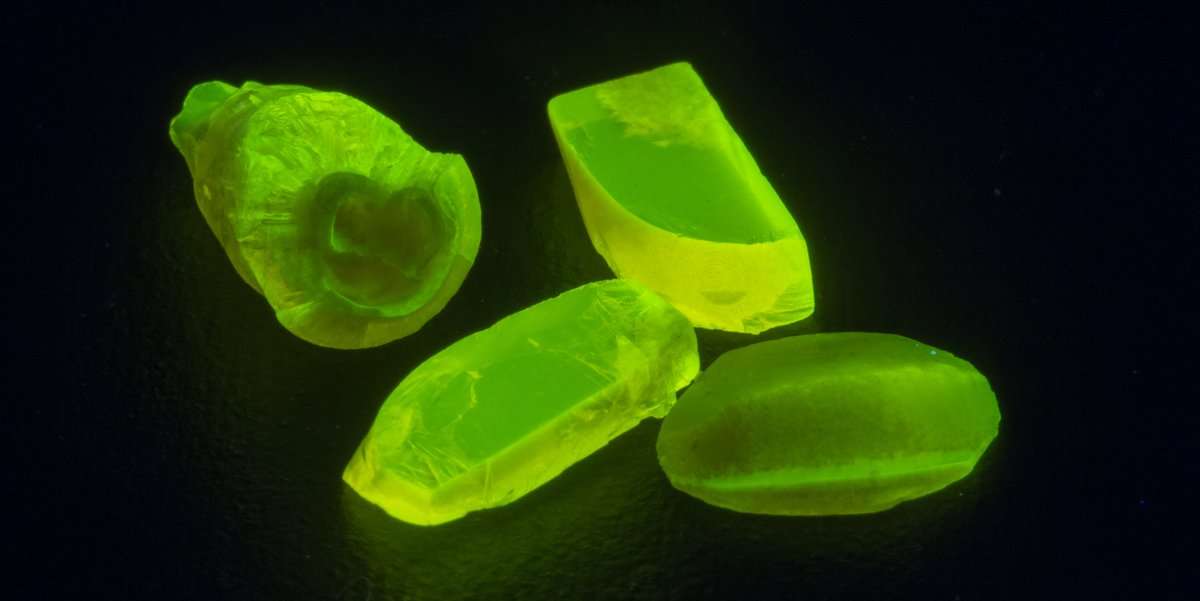Glowing Crystal Has the Quantum Internet Within Reach And the key element is already found in fluorescent lights and old TVs.
The quantum computer has the potential to revolutionize the 21st century, solving problems so massively complex they would baffle today’s computers. But a single quantum computer is still no match for the more than billion classical computers currently in use. Quantum computers need a quantum internet, and researchers may just have found the perfect — and practical — material to built that network.
A team at the Australian National University details this big challenge facing dreamers who want to create a quantum internet in a paper published Monday in Nature Physics.
How can one store quantum information in a way that can be transmitted across the planet? Being able to keep quantum bits, or qubits, entangled over tens of thousands of miles is a huge challenge, considering it’s only recently that researchers were able to move beyond a few meters.
But it is more an engineering problem than a theoretical one, and their work suggests a crystal treated with the element erbium just might be the answer. These crystals allowed the researchers to store quantum information successfully for 1.3 seconds.
That may not sound like much, but it’s actually a whopping 10,000 times longer than what has been accomplished before. And when you consider information traveling at the speed of light needs far less than a second to travel around the world, 1.3 seconds is already long enough to start thinking about a global quantum internet.
Erbium is a common enough element found in fluorescent lights, older-model televisions, and lasers. It’s already used in existing fiber optic networks because it naturally operates at the right wavelength to greatly boost communication signals.
It turns out the same principle can work for a quantum communications network. Using erbium-treated crystals means there would be no need to build an entirely new network, as the researchers say quantum information transmitted by using such crystals would be compatible with the planet’s existing telecommunications system.
Any other material than erbium would operate at a different wavelength, meaning a quantum internet would need to convert qubits from wavelength to another and then back again as part of any transmission, which makes an already fiendishly complicated challenge a nearly impossible one. For more from the researchers, check out the video below in which they further detail their work.
Photos via periodictable.ru, Stuart Hay, ANU

landonmeh on September 12nd, 2017 at 14:55 UTC »
I ain't no scientist, but what if you pass that info in a relay to a new crystal, and back and forth to essentially hold the information without it settling for more than 1.3 seconds?
Sumit316 on September 12nd, 2017 at 14:31 UTC »
Some information about Erbium
casparfriendlyghost on September 12nd, 2017 at 11:26 UTC »
The perfect amount of time to store my internet history!